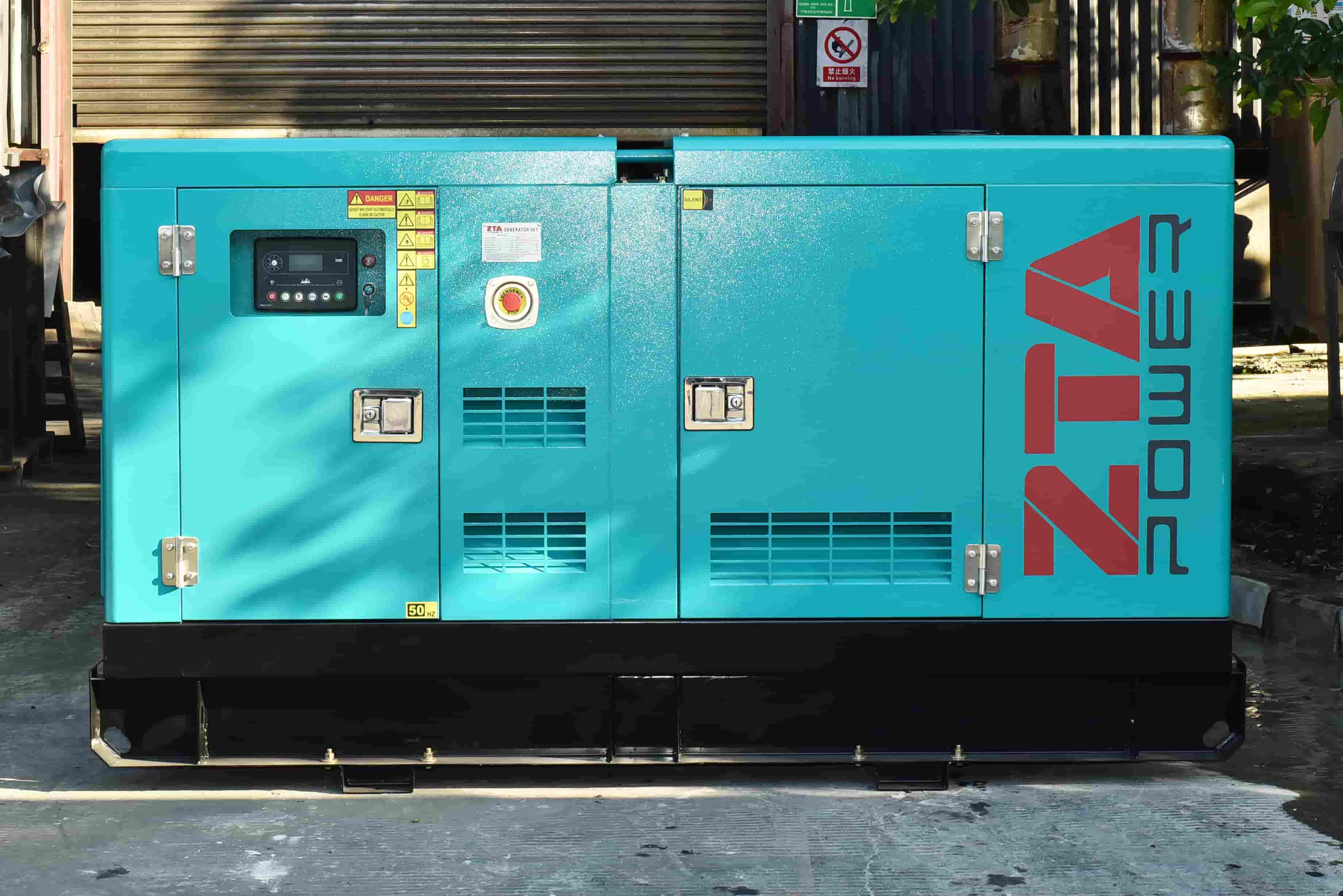The Impact of Water Temperature on Diesel Generator Operation
During diesel generator operation, the normal cooling water temperature should be maintained between 75–90°C. At this range, the generator can deliver maximum power output, achieve optimal fuel efficiency, and minimize mechanical wear. If the cooling water temperature is too high or too low, or if the thermostat is removed improperly, the cooling system's effectiveness will be significantly reduced or lost.
Effects of Overheating (Above 95°C)
Reduced Engine Efficiency
Carbon deposits decrease the effective combustion chamber volume.
Valve heads and stems accumulate sludge, leading to corrosion and gas leakage.
Poor compression due to stuck piston rings further degrades power output, fuel efficiency, and performance.
Increased Wear & Risk of Severe Damage
High temperatures break down lubrication films, causing semi-dry or dry friction between moving parts.
Cylinder wall oil burns, accelerating wear and potentially causing cylinder scoring, seized pistons, or bearing failure.
Thermal Expansion & Component Damage
Prolonged overheating weakens metal strength, elasticity, and wear resistance.
Excessive thermal expansion can disrupt critical clearances, leading to seizures or jamming.
Effects of Low Temperature (Below 75°C)
Reduced Air Intake Efficiency
Cold air expands less, reducing air density and combustion efficiency.
Poor air-fuel mixture leads to incomplete combustion, black smoke, and reduced power output.
Increased Oil Viscosity & Friction
Cold oil becomes thicker, reducing flow and increasing mechanical resistance.
Higher friction leads to accelerated wear and reduced power efficiency.
Corrosion & Cylinder Wear
Water vapor condenses on cylinder walls, reacting with sulfur oxides from combustion to form corrosive acids (e.g., sulfuric acid).
This weakens the cylinder walls, causing pitting, erosion, and premature wear.
Higher Fuel Consumption & Poor Combustion
Cold engines lose more heat energy to the cooling system.
Poor fuel atomization increases fuel consumption by 8–10%.
Liquid fuel droplets wash away cylinder lubrication, contaminating the oil and increasing wear.
Thermal Contraction & Poor Sealing
Cold parts do not expand properly, leading to:
Excessive piston-to-cylinder clearance (poor compression).
Excessive valve clearance (increased impact wear).
Harder cold starts due to reduced compression temperatures.
Preventive Measures & Best Practice
Cooling System Maintenance
Regularly check for coolant leaks and ensure proper fan belt tension.
Never remove the thermostat—adjust radiator shutters/grilles based on operating temperature.
Proper Warm-Up & Load Management
After starting, run the engine at medium-low RPM until coolant reaches 40°C+.
Only apply full load once coolant reaches 60°C.
Avoid prolonged overload operation.
Cold Weather Precautions
Use preheated coolant (80°C) or warm engine oil for easier cold starts.
After shutdown, drain coolant completely when temperature drops to 50–60°C (if freezing is a risk).
Avoid Sudden Cooling
If overheating occurs, do not add cold water immediately—reduce RPM first.
For short stops, idle at low RPM but avoid prolonged idling.
Water Quality & Cooling System Cleanliness
Use soft, clean water with a pH of 8–11 to prevent scaling.
Periodically flush the cooling system with chemical cleaners to maintain efficiency.
Conclusion
Maintaining the correct coolant temperature (75–90°C) is critical for performance, fuel economy, and engine longevity. Overheating accelerates wear and risks severe damage, while low temperatures increase fuel consumption, corrosion, and mechanical stress. Proper warm-up, cooling system care, and load management ensure reliable diesel generator operation.
